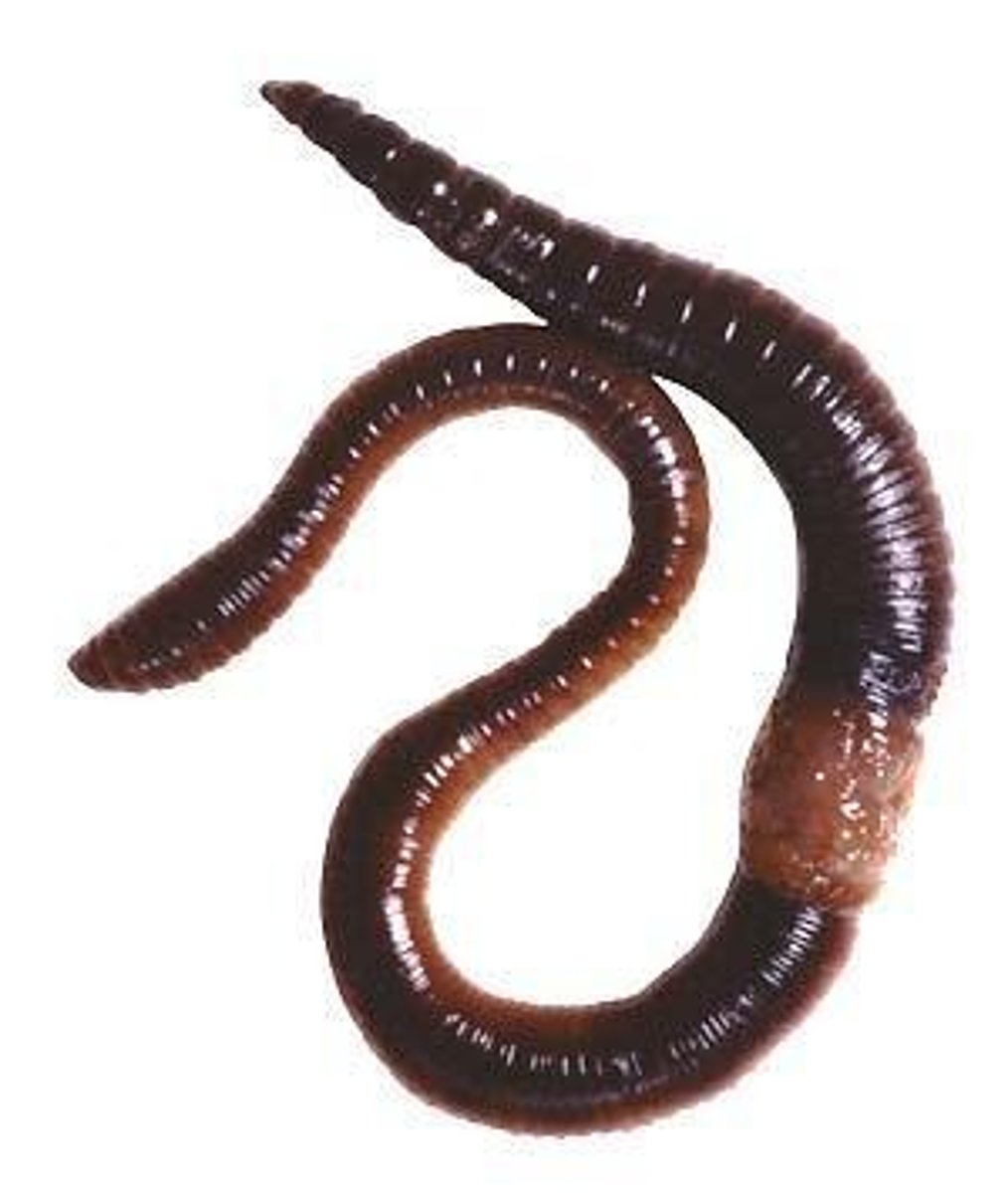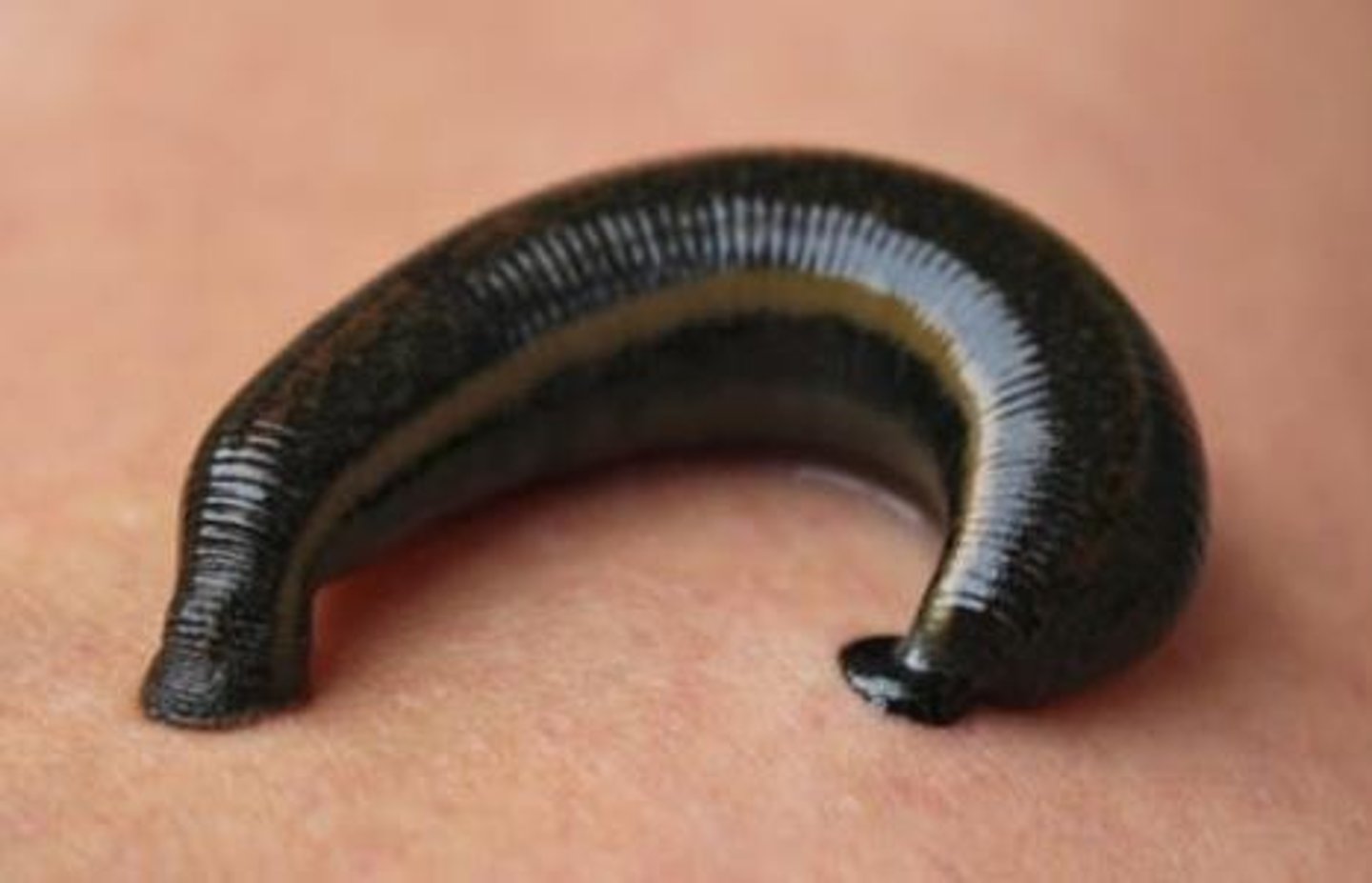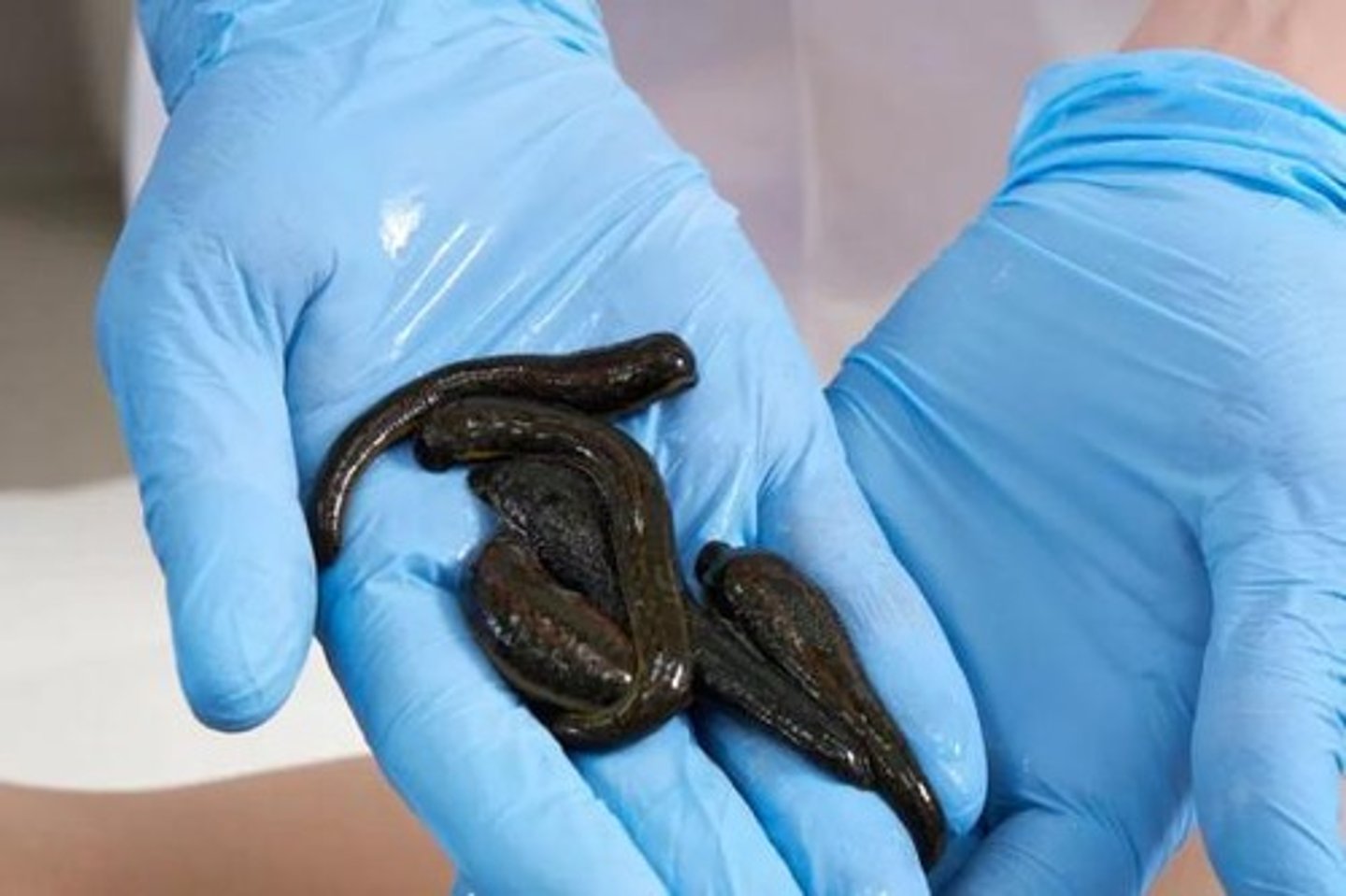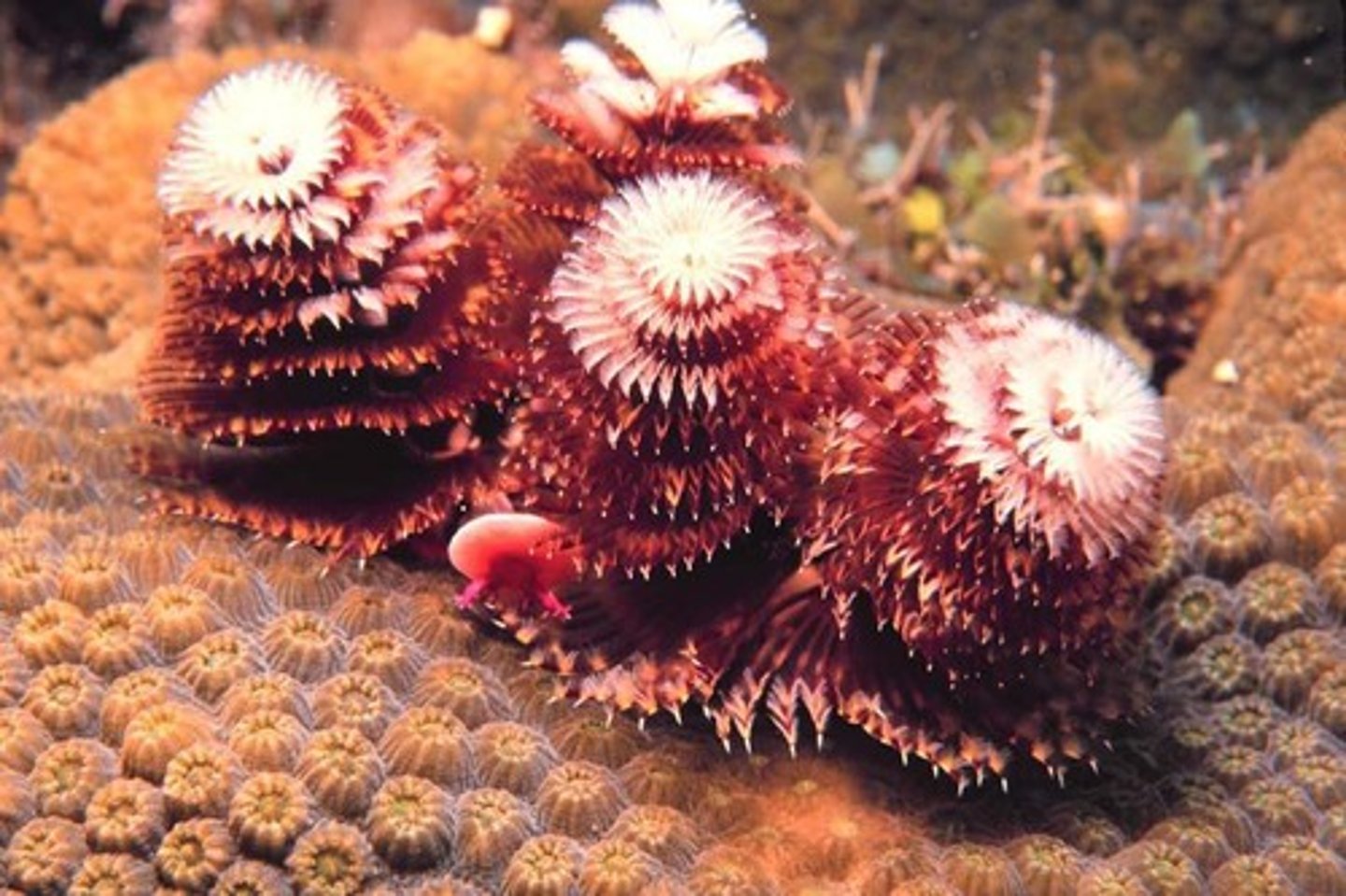Phylum Annelida and Mollusca Overview
1/21
There's no tags or description
Looks like no tags are added yet.
Name | Mastery | Learn | Test | Matching | Spaced |
|---|
No study sessions yet.
22 Terms
Annelids
Organisms with segmented bodies, belonging to the phylum Annelida, which means 'little rings'.
Class Oligochaeta
A class of annelids that includes earthworms, characterized by a fossorial lifestyle.

Class Polychaeta
A class of annelids that includes marine worms, known for their many setae and ability to locomote using parapodia.
Class Hirudinea
A class of annelids that includes leeches, which are primarily freshwater and can be blood-sucking parasites.

Complex Digestive System
Includes a pharynx, esophagus, crop, gizzard, and intestine.
Closed Circulatory System
Annelids possess a closed circulatory system where blood is contained within vessels.
Paired Excretory System
Annelids have two tubes per segment called metanephridia that remove wastes from blood and coelom.
Ventral Nervous System
The nervous system of annelids starts at the head with a ganglial ring and has a nerve cord running the length of the body.
Cross-fertilizing hermaphrodites
Annelids that exchange sperm with another individual and store sperm for reproduction.
Clitellum
A special organ in annelids that secretes a mucous cocoon for storing eggs and sperm.
Fragmentation
A form of asexual reproduction in some annelids where the organism can regenerate after being fragmented.
Class Gastropoda
A class of mollusks that includes snails and slugs, characterized by a muscular foot and often a spiraled shell.
Class Bivalvia
A class of mollusks that includes clams and oysters, characterized by two symmetrical shell halves.
Class Cephalopoda
A class of mollusks that includes squids and octopuses, known for their predatory behavior and advanced nervous system.
Radula
A straplike rasping organ used by many mollusks for feeding.
Mantle
A tissue layer in mollusks that secretes the shell and drapes over the visceral mass.
Siphons
Structures in bivalves that facilitate gas exchange and feeding.
Torsion
A process in embryonic development of gastropods where the visceral mass rotates up to 180 degrees.
Hirudin
An anticoagulant secreted by leeches into wounds to prevent blood clotting.

Giant Australian earthworm
A species of earthworm that can grow up to 3 meters in length.
Feathery tentacles
Structures used by some polychaetes, like fanworms, to trap plankton.

Bloodletting
A historical medical practice involving leeches for therapeutic purposes, including stimulating circulation.